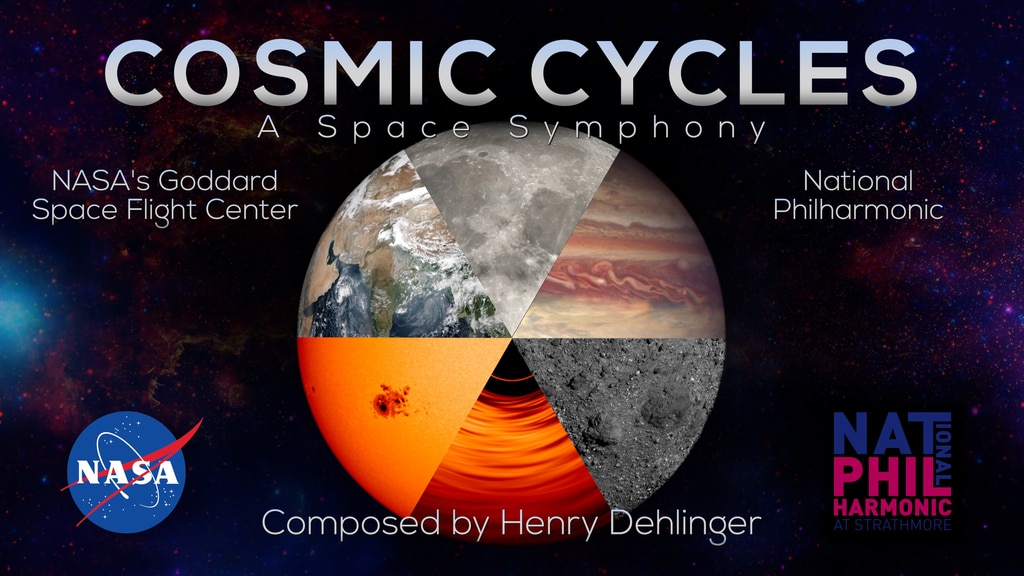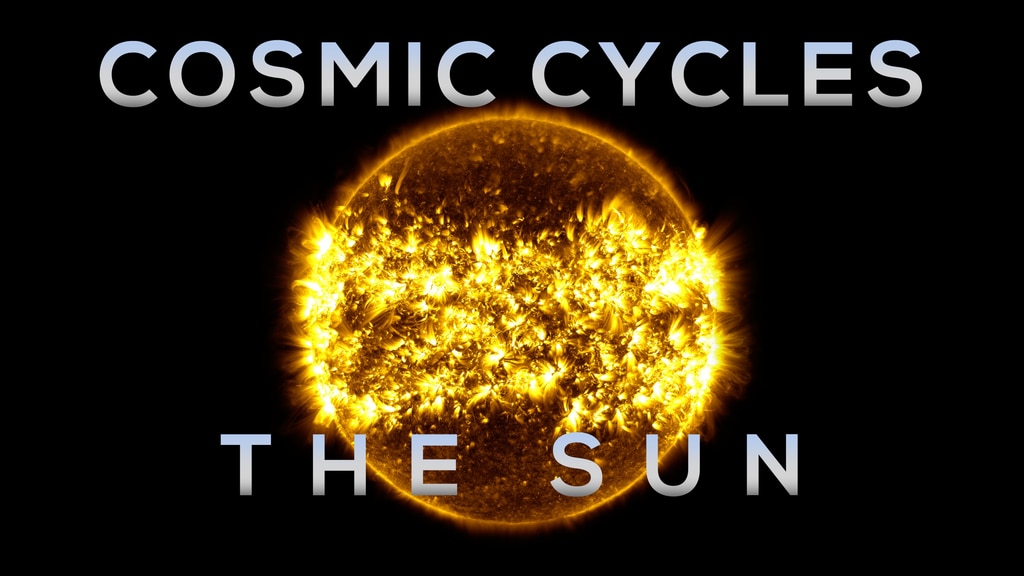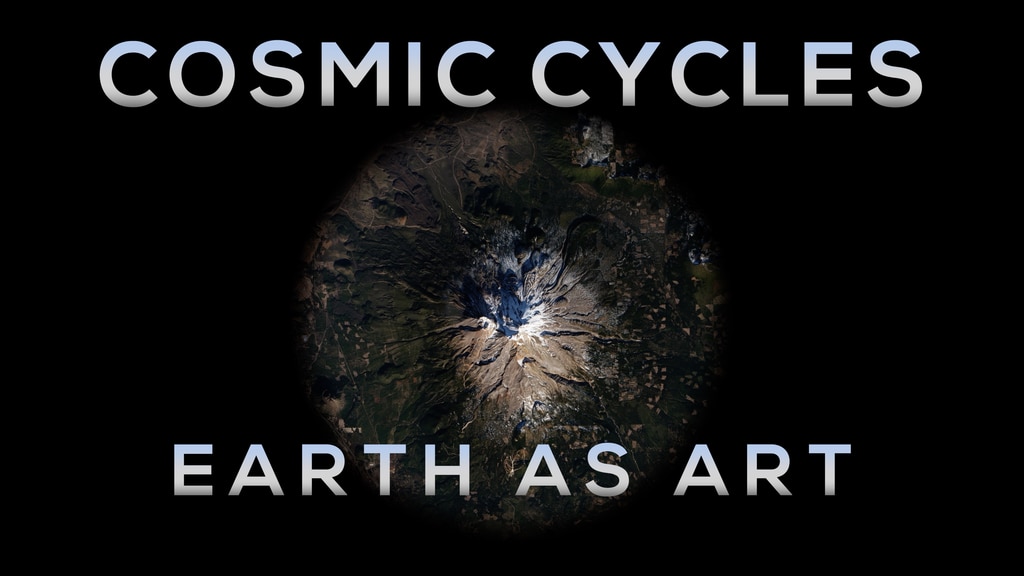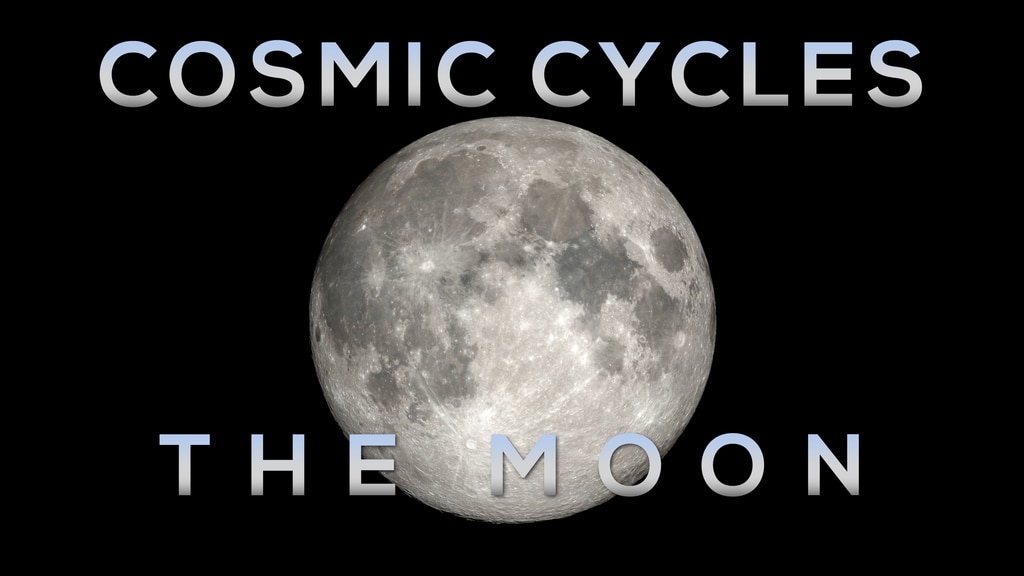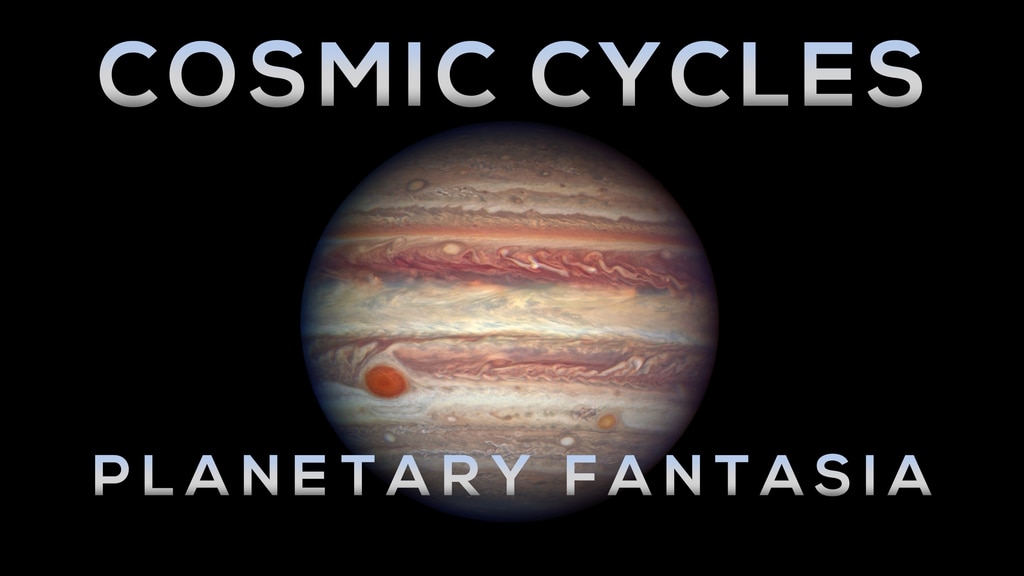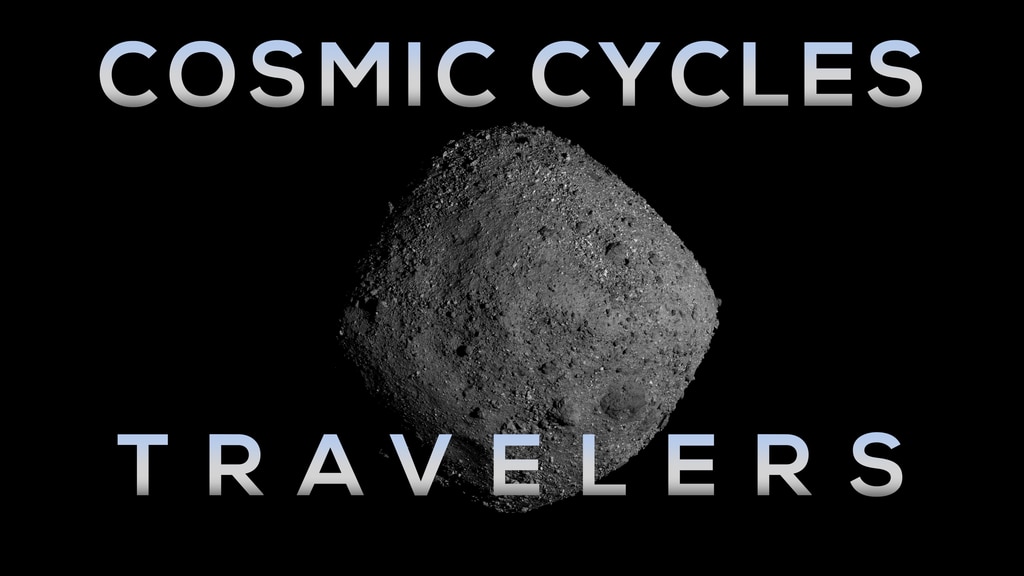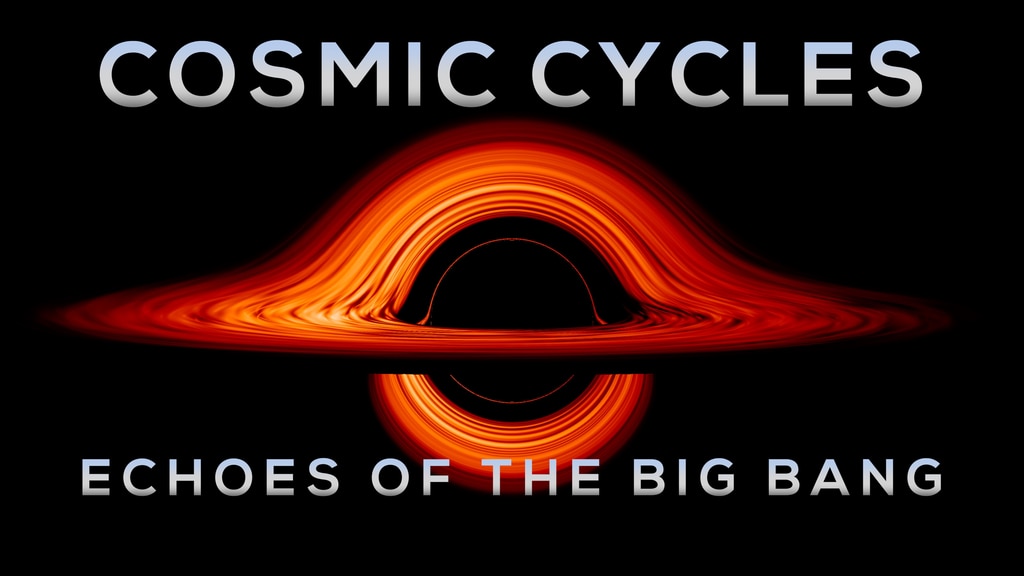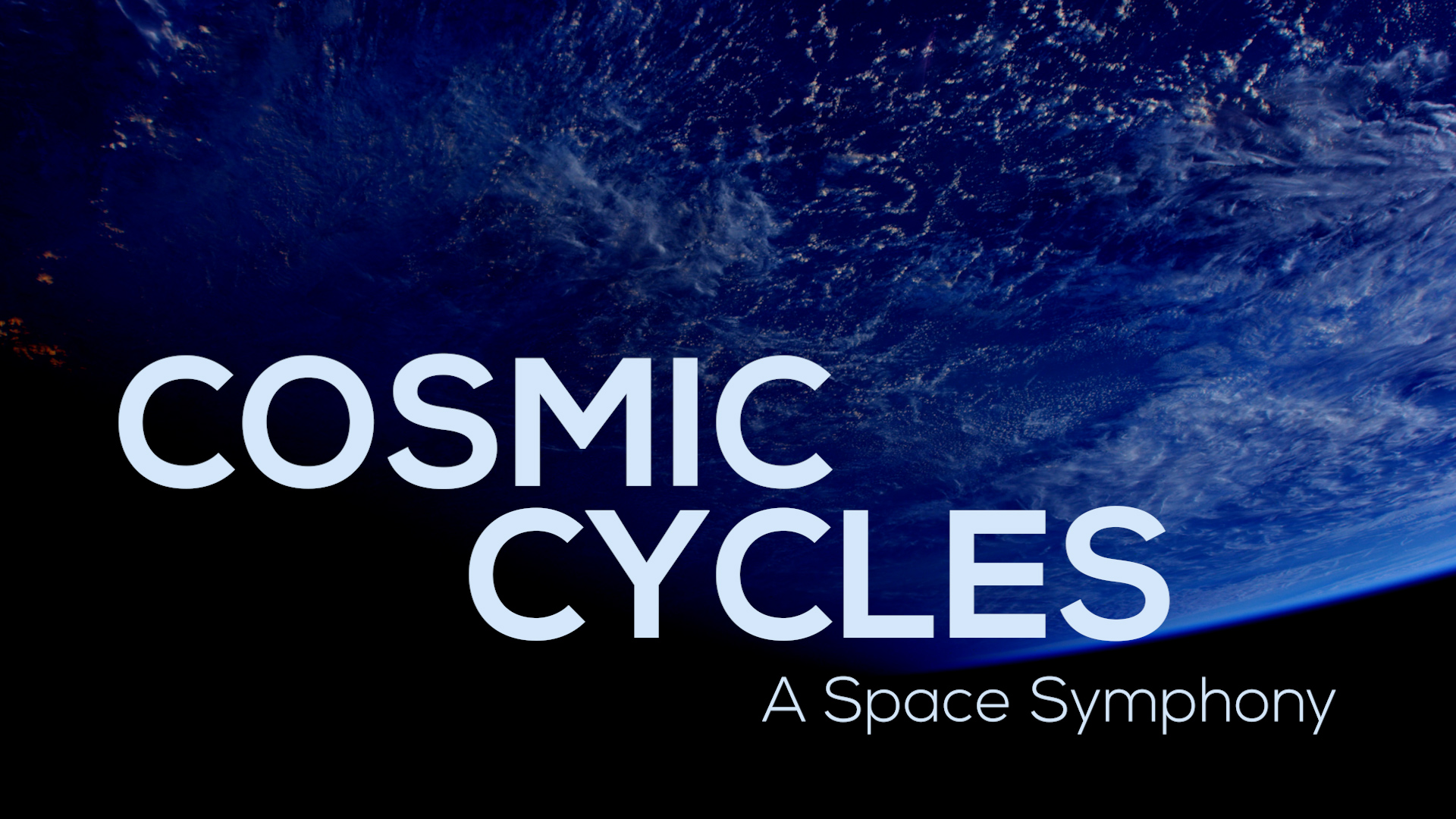Cosmic Cycles 2: Earth, Our Home
This video includes music from a synthesized orchestra provided by composer Henry Dehlinger.
Music credit: “Earth, Our Home" from Cosmic Cycles: A Space Symphony by Henry Dehlinger. Courtesy of the composer.
Watch this video on the NASA Goddard YouTube channel.
Join us for a tour of Earth, as NASA sees it from space.. From photographs captured onboard the International Space Station, to stunning visualizations rendered from satellite data, we have a unique view of our home planet – a place perfect for life, billions of years in the making. From hundreds of miles up, we can see a hurricane gaining momentum over the Atlantic Ocean or generations of seabirds migrating to warmer climates. The data you're about to see represents decades of tireless work by thousands of scientists and engineers across NASA. And it continues -- there is still so much to learn about our home world, with NASA at the forefront of many amazing discoveries from our vantage point in space.
This piece is divided into five chapters that represent the many facets of our planet. The composition begins with An Awakened Earth, in which views of the dark side of Earth reveal city lights that continue to burn brightly through the night. At dawn, the International Space Station captures footage of a bright, cloud-covered ocean.
Our world is alive and perpetually changing. A Violent Earth embodies this dynamic planet, characterized by giant dust storms, volcanic eruptions, hurricanes, and fire. When given the opportunity, Earth provides balance -- as seen in A Giving Earth. Rain, food, animal migration, global forests and ocean currents are inextricably linked to the mercurial power of the planet.
Despite the resiliency of this wonderous world, it is still A Fragile Earth. For more than 60 years, NASA has documented the effects of climate change from space. Melting ice sheets and rising global temperatures are two of many dangerous trends tied to growing greenhouse gas emissions in our atmosphere.
There is much reason for concern over the health of our world. Yet despite the challenges we face, a planet as rich and beautiful as ours is worth every effort to protect it. A Spectacular Earth dives underneath the ocean's surface, emerging to reveal the fleet of Earth-observing satellites that provided the data and images you see in this movement. This piece concludes with several magnificent photographs taken by astronauts living and working on the ISS, followed by footage of nightfall over the ISS and a return to the dark side of Earth.
To learn more, visit science.nasa.gov/earth-science
Find many of the visuals used in this piece HERE
This is the concert copy of the video and contains no audio. It is a good version to download for use in other works.
For More Information
Credits
Please give credit for this item to:
NASA's Goddard Space Flight Center. However, individual items should be credited as indicated above.
-
Producers
- Lauren Ward (KBR Wyle Services, LLC)
- Wade Sisler (NASA/GSFC)
-
Editor
- Lauren Ward (KBR Wyle Services, LLC)
-
Music composer
- Henry Dehlinger (National Philharmonic)
-
Visualizers
- Kel Elkins (USRA)
- Greg Shirah (NASA/GSFC)
- Cindy Starr (Global Science and Technology, Inc.)
- Lori Perkins (NASA/GSFC)
- Trent L. Schindler (USRA)
- Alex Kekesi (Global Science and Technology, Inc.)
Release date
This page was originally published on Thursday, May 11, 2023.
This page was last updated on Tuesday, May 9, 2023 at 11:00 PM EDT.
